-
(Japanese)

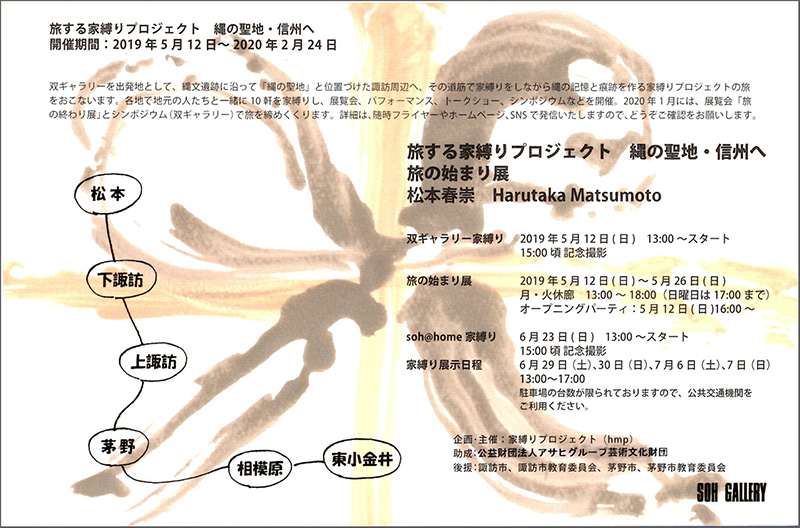
- 旅の始まり展|Start of the Journey Exhibition
- May 12 - May 26, 2019
Soh Gallery (Tokyo)
Related Project:
Ieshibari Home-Binding Project N0.43 [ Soh Gellery ]
May 12 - May 26, 2019 -
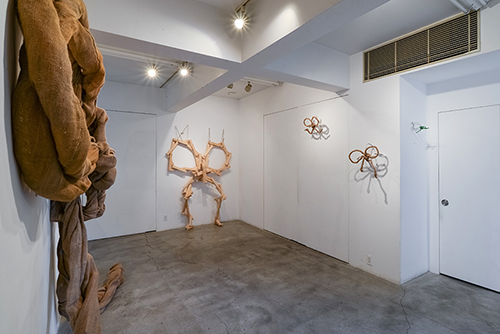
- At the Start of the Journey
According to String Theory, everything in the universe is made out of tiny strings. If this is true, then all things can be a Jomon Gentai, a collective term for the rope tools that were used to create the characteristic decorations on Jomon earthenware.
Threads, strings, ropes and cords have probably been made and used since the dawn of humankind, but as far as I know, the region around Lake Suwa is only place in the world where ropes have been twined continuously for over 10,000 years. In that case, I also have to wind my way with the help of my friends to this Heartland of Rope Culture, like a salmon unconsciously swimming upstream to Lake Suwa, binding homes as we go. The route itself becomes another trace of the ropes, and forms a straightforward part of the work.
(Physically, we will go back and forth by bus and train and car, of course, but like the cubism of Picasso, the journey will progress as a collage of temporal differences and the aesthetics of the people we encounter. In the end, we will warp our way back to Tokyo, sucked in by the black hole we have twined, as it were.)
Harutaka Matumoto
About the Exhibited Works
Like a poem that is read out loud at the start of a journey, I have bound the space crosswise, and created some Jomon Gentai-like works in order to leave traces of rope in people’s memories. One is symbolic, one is like a traveler, one is like a yokozuna, and one is bound in a knot that can’t be undone, corresponding to the unsolvable Coded Colors that have been added to them.
A rope is both a trace of the people who gave it form, and a male and female mold that leaves traces in your mind.
About "Coded Colors"
Empedocles once claimed that everything in the world was composed of four elements in different proportions. Accordingly, I began making paintings with a mixture of four different colors. I then noticed that it was like a code: you couldn’t recreate the exact same nuance unless you knew the proportions of the four colors. Printed materials, for example, are usually printed using four inks. Recreating an already printed color is quite difficult, if not impossible, but if you know the proportions between the four inks it is simple. Then I began creating works where the proportions were concealed and the color irreplicable, that is to say encrypted, what I call “coded colors.”
This time, I have tied the space crosswise and applied coded colors to the knots. The meaning of the knot (a kind of key) is further developed into a colored knot expression (a crypto key), deepening the riddle, mixing and connecting two worlds, created with the image of a flying butterfly in mind.
- (translated by Jan Fornell)
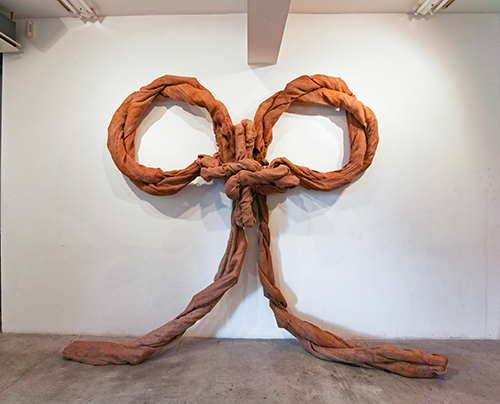
- Ieshibari Home-Binding Project N0.43
Soh Gallery (May 2019 Higashi-Koganei)
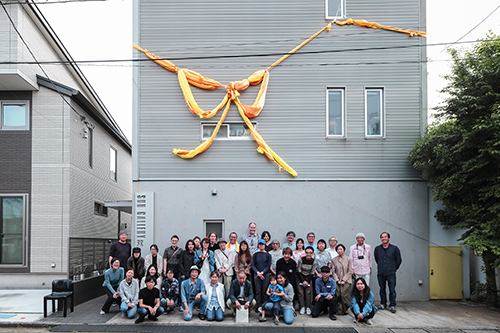
- photo: Kazuo Arihara Tsuyoshi Sato Takayoshi Susaki
- Travelling Home-Binding Project to Shinshu,
the Heartland of Japan’s Rope Culture - Tokyo Edition
Jomon Butterfly Knot Gentai 2019
linen, twine, cd tube, plastic bottle, wood, wire, etc. 230×235×85 cm
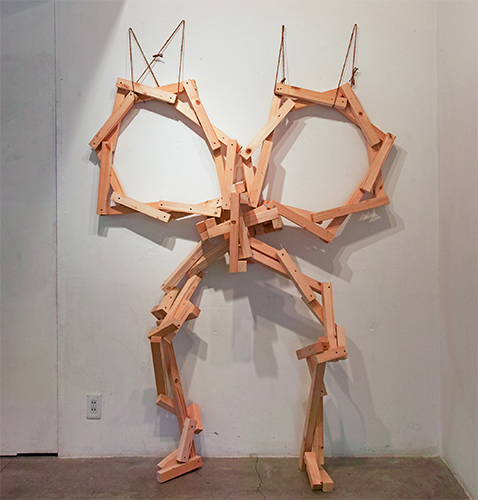
Travelling Butterfly Knot 2019
wood, screws, twine 214×152×50 cm
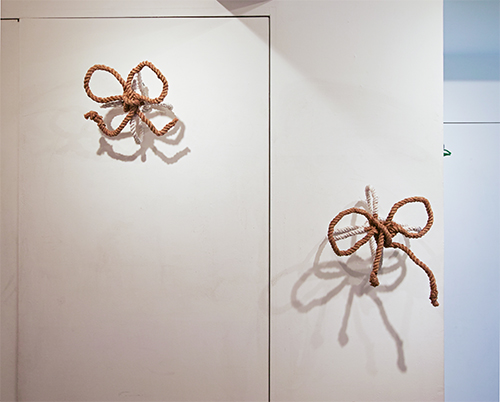
White Cube Jomon Gentai 2 2019 White Cube Jomon Gentai 1 2019
twine, wire, indoor white paint 30×37×22cm twine, wire, indoor white paint 50×40×28 cm
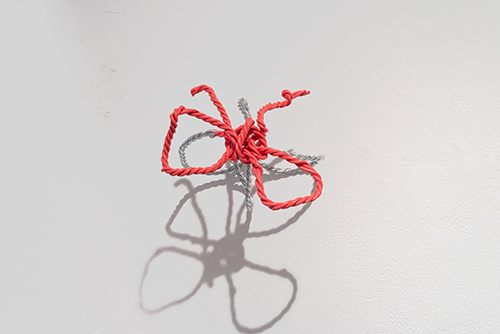
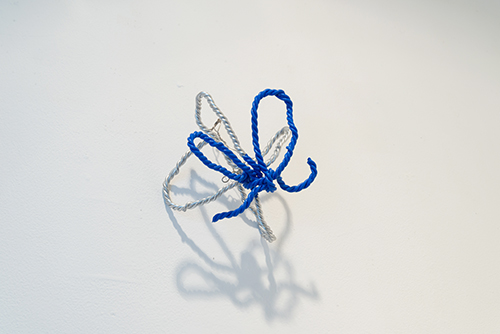
Jomon CC Butterfly Gentai No.3 2019 Jomon CC Butterfly Gentai No.15 2019
aluminum, code color 15×16×16 cm aluminum, code color 13×15×12 cm
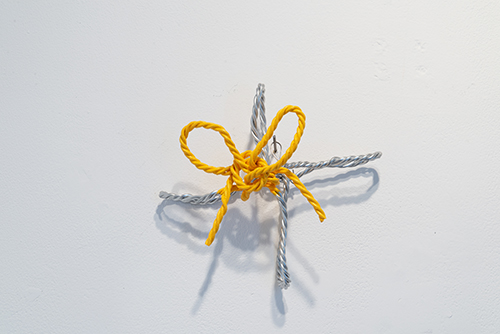
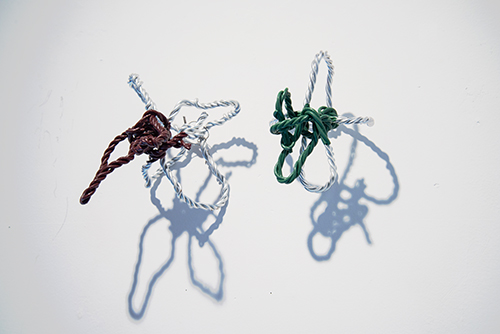
Jomon CC Butterfly Gentai No.13 2019 Jomon CC Butterfly Gentai No.10 2019
aluminum, code color 20×21×9 cm aluminum, code color 16×14×14 cm
Jomon CC Butterfly Gentai No.5 2019
aluminum, code color 14×10×10 cm
→ top
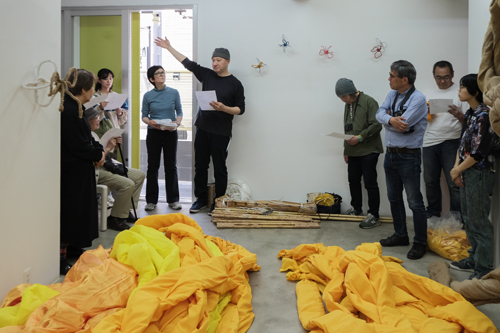
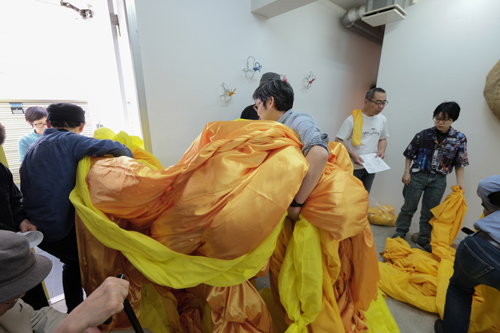

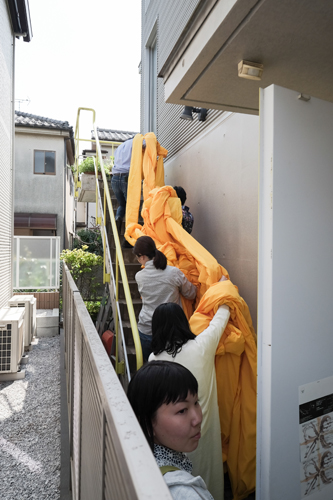
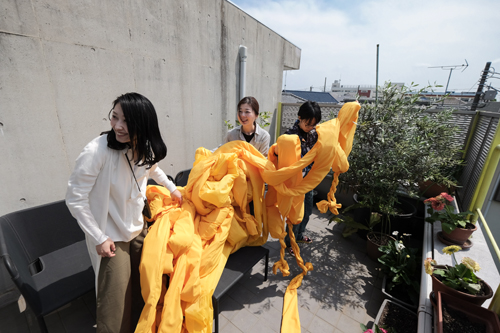
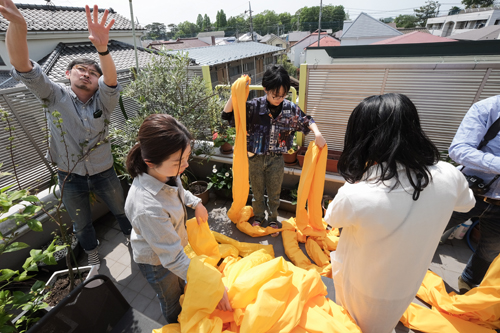
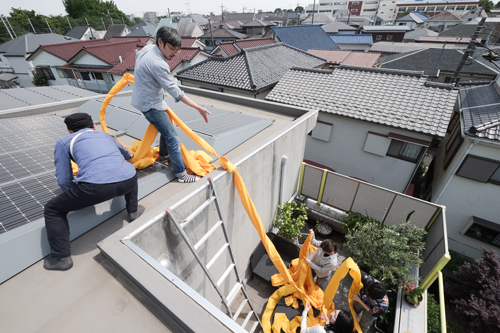


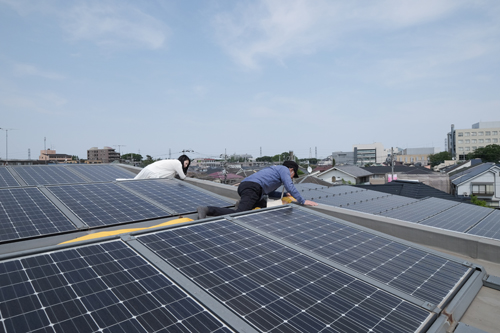

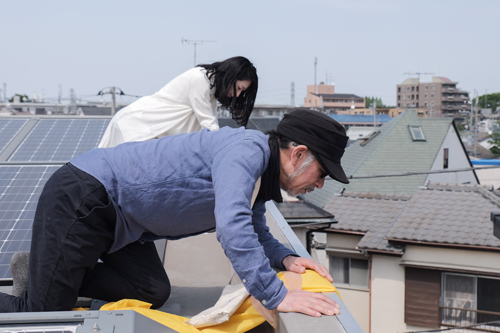
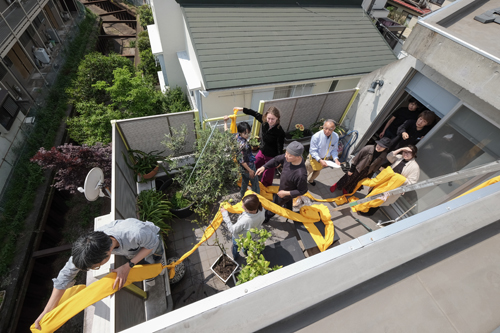


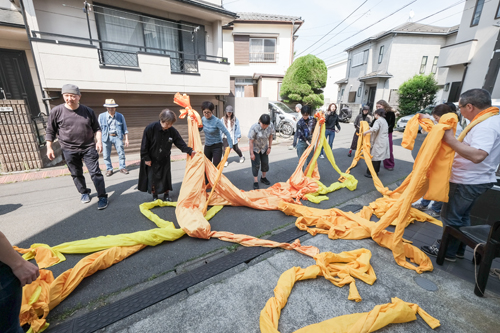
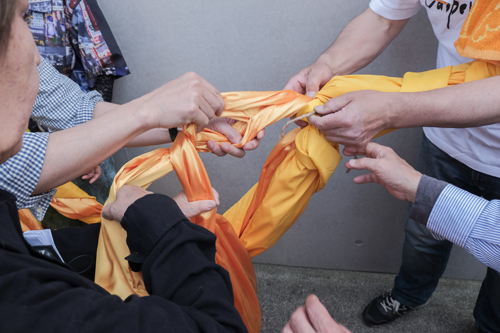
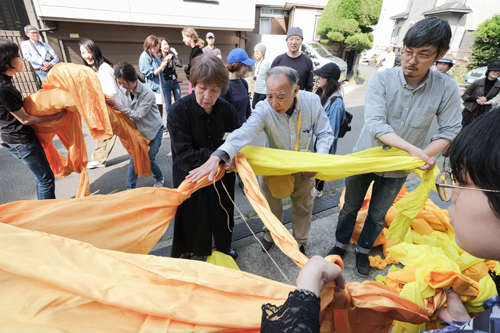
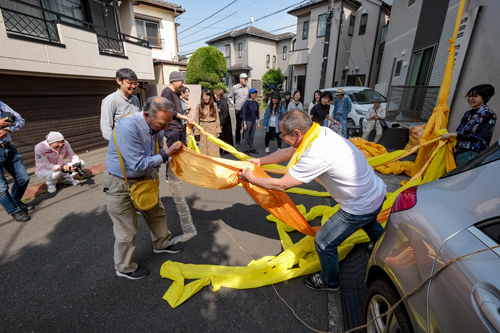
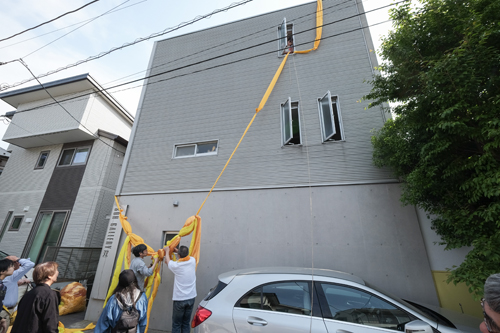
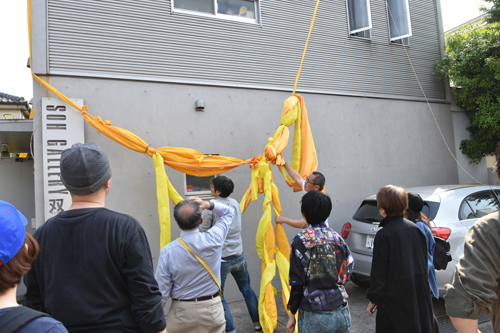

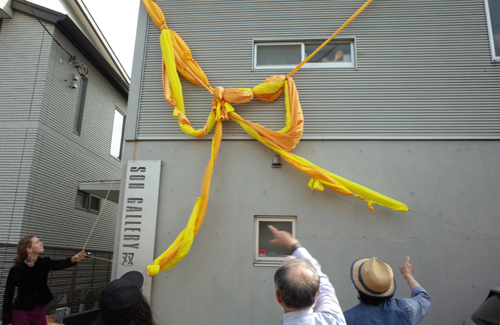
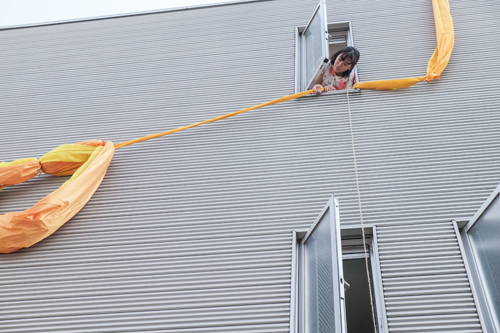
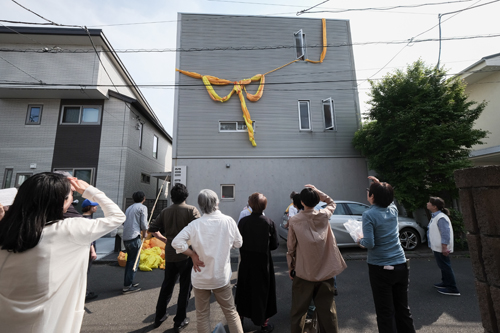
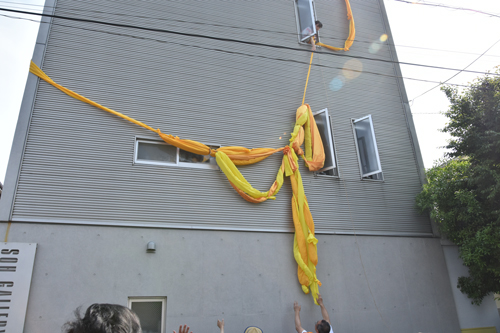
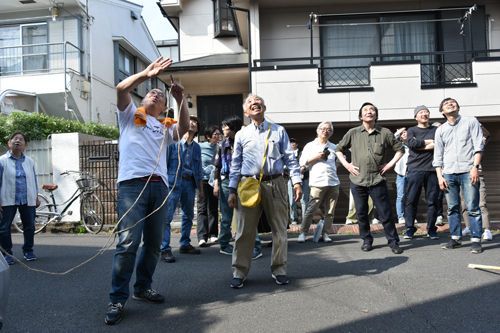
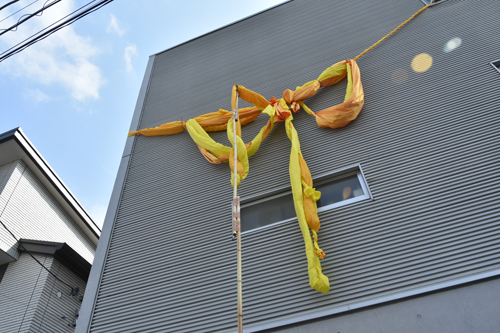
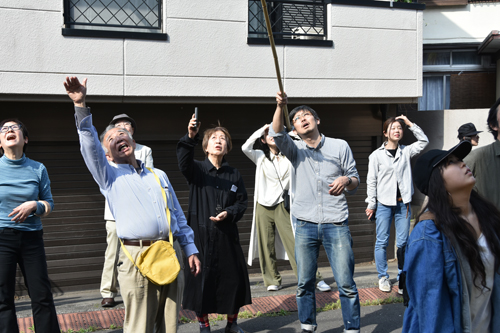
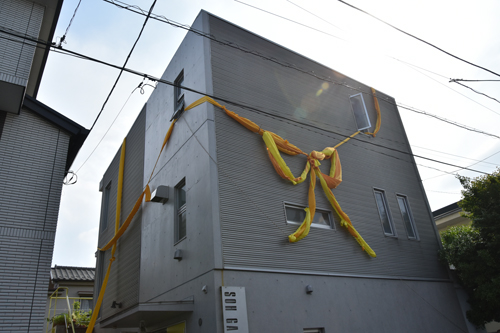

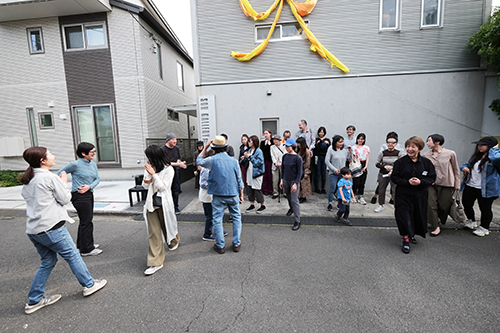
→ top
← back to NEWS
← back to Home-Binding Project